Theraputic Massage in Lake Atitlan Resort
Pamper yourself with a theraputic massage at Los Elementos Day Spa. Enjoy a massage with th...
After three years of full-time travel and 29 countries under my belt, I like to think I’ve developed a sixth sense for value. Not cheapness—value. There’s a difference. And when I touched down in Guatemala for the first time, that’s exactly what I was chasing.
Hey, I’m Rebecca Moy—a 27-year-old digital nomad from England, currently based in Barcelona, and I spent 6 weeks in Guatemala as part of a longer 9-month trip through South America. While I wasn’t travelling on a shoestring (freelance life = slow travel perks), I was definitely conscious of my spend. Guatemala had been high on my list for a while, so I was keen to experience the magic without haemorrhaging money.
In this blog, I’ll break down exactly what I spent and where—highlighting what was really worth the money, how to cut costs, and what you absolutely shouldn’t miss.
Let me paint the picture. I was solo, freelancing on the go, and very into the outdoors. I spent most of my time at Lake Atitlán, volunteering with Kayak Guatemala, which gave me the perfect base to explore. Outside of that, I hopped between Antigua (2 weeks), Semuc Champey/Lanquín (3 days), and Guatemala City (1 night before flying to Costa Rica).

While volunteering helped keep my costs low, I was happy to spend on experiences that truly felt worth it—like volcano hikes and traditional cooking classes. I picked up countless tips from fellow travellers, and now I’m passing those onto you.
Here's a breakdown of the main spending categories we’ll explore:
(And yep—all prices are in USD unless otherwise stated.)
To make it easy before we get started, here’s a quick summary of the main costs you can expect in Guatemala:
| Category | Budget Traveller | Mid-Range | Notes |
| Flights (round trip) | $250–$400 | $400–$600 | Depends on time of year & departure city |
| Accommodation | $7–$20 per night | $40–$120 per night | Hostels vs. private rooms/lakeside stays |
| Transport | $1–$5 (chicken bus) | $10–$30 (shuttle) | Shuttle prices between tourist hubs |
| Food & Drink | $5–$10 per day | $10–$25 per day | Street food vs. restaurants & groceries |
| Activities/Tours | $0–$10 (DIY/day) | $50–$150 per activity | Volcano hikes, ceremonies, cooking etc. |
| SIM/Data | $10–$20 total | $10–$20 total | For short trips with local SIM card |
| Travel Insurance | ~$45 (2 weeks) | ~$150 (2 weeks) | Depends on provider & coverage |
| Souvenirs/Extras | $10–$30 total | $30–$80+ total | Depends how much room you’ve got! |
Average Daily Spend:
Let's break it down by each cost category, explaining what I spent to give you an idea of how to budget for your Guatemala trip, starting with flights!
Flying into Guatemala is more affordable than you might think—especially if you’re coming from the U.S.
My flight (Colombia → Guatemala City): $250.23 (Avianca) Exit flight (Guatemala → Costa Rica): $134.60 (Volaris Costa Rica)
That said, if you're planning a round-trip holiday rather than a full backpacking itinerary, your prices will likely look a little different.
To give you a better idea of what to expect, here's a quick breakdown based on averages:
Flights are one of the few things that are hard to ‘budget-travel’ your way out of. But once you land, that’s when things start to feel more affordable.
Now, let's talk tactics. Booking flights is a game—and timing is everything.
Now that you’ve landed, let’s talk about where you’ll be sleeping. Whether you’re a hostel hopper or craving lakeside luxury, there’s something for every type of traveller.
Accommodation in Guatemala is surprisingly affordable across the board, and I found prices pretty consistent wherever I went. Here’s a look at what I paid, what I’d recommend—and what’s worth a splurge.
Let’s start at the top end.
Los Elementos Adventure Center A gorgeous lakeside retreat in Santa Cruz La Laguna, run by Lee and Elaine (the same amazing people behind Kayak Guatemala). I stayed here while volunteering, and it was easily one of my favourite places in the country. You’re right on the lake, surrounded by hiking trails, and greeted by two friendly dogs every morning.
It’s quiet, it’s peaceful, and it feels a million miles away from the chaos of everyday life.
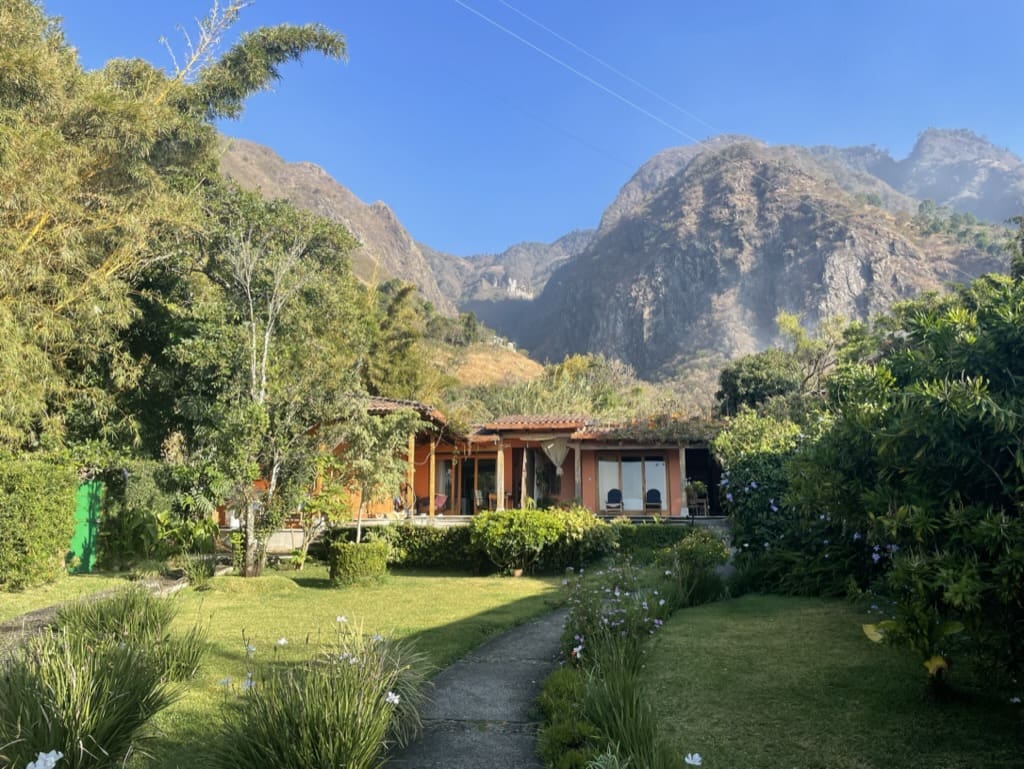
These are real numbers from my trip in 2025. Perfect for solo travellers or anyone trying to keep things low-key:
If accommodation is the backbone of your trip, transport is the glue that holds it all together. Next up: how to get around Guatemala without losing your wallet (or your patience).
Transport in Guatemala is an experience in itself—sometimes bumpy, sometimes chaotic, but almost always affordable. You’ve got options, depending on your comfort level and Spanish skills.
These are your go-to if you’re travelling between places like Antigua, Lake Atitlán, Lanquín, and Flores. They’re door-to-door, run daily, and are usually arranged through your hostel or local travel agents.
It’s worth sorting your next shuttle as soon as you arrive in a new place, just so you’re not scrambling last minute.
If you want the real Guatemalan transport experience (and don’t mind loud music, squished seats, and no schedule whatsoever), hop on a chicken bus.
Personally, I wouldn’t recommend these if you’re travelling solo or don’t speak Spanish. They’re safe enough but can feel overwhelming, especially with luggage.

If you really want to drive, it’s doable—but you’ll need patience (and decent Spanish).
Between the mountain switchbacks and potholes, it’s not the most relaxing option. Also, parking in cities like Guatemala City can be a challenge.
Flying from Guatemala City to Tikal (Flores) saves you 10+ hours on the road.
If you’re short on time and want to see the ruins, this is absolutely worth the splurge.
In places like San Pedro or Panajachel (Lake Atitlán), tuk-tuks are the local taxis. No meters—just agree the price beforehand.
Next, let’s take a bite out of one of the most important (and delicious) budget categories—food and drink.
Food in Guatemala is where your budget gets to breathe. Whether you're cooking at your hostel, grabbing a taco from a roadside vendor, or treating yourself to a lakeside dinner—eating well here doesn’t need to cost a fortune.
During my stay at Los Elementos, I had a private kitchen, so I cooked most of my meals. A weekly grocery shop cost me about $40 USD, and I quickly learned that buying local produce is far cheaper than anything imported.
Example? One time I had a craving for carbonara… Parmesan was $7 USD. Lesson learned.
Local markets are your best friend here—fresh veg, rice, beans, tortillas, avocados, all for cheap. Supermarkets are fine in a pinch, but they’ll eat into your budget quicker.
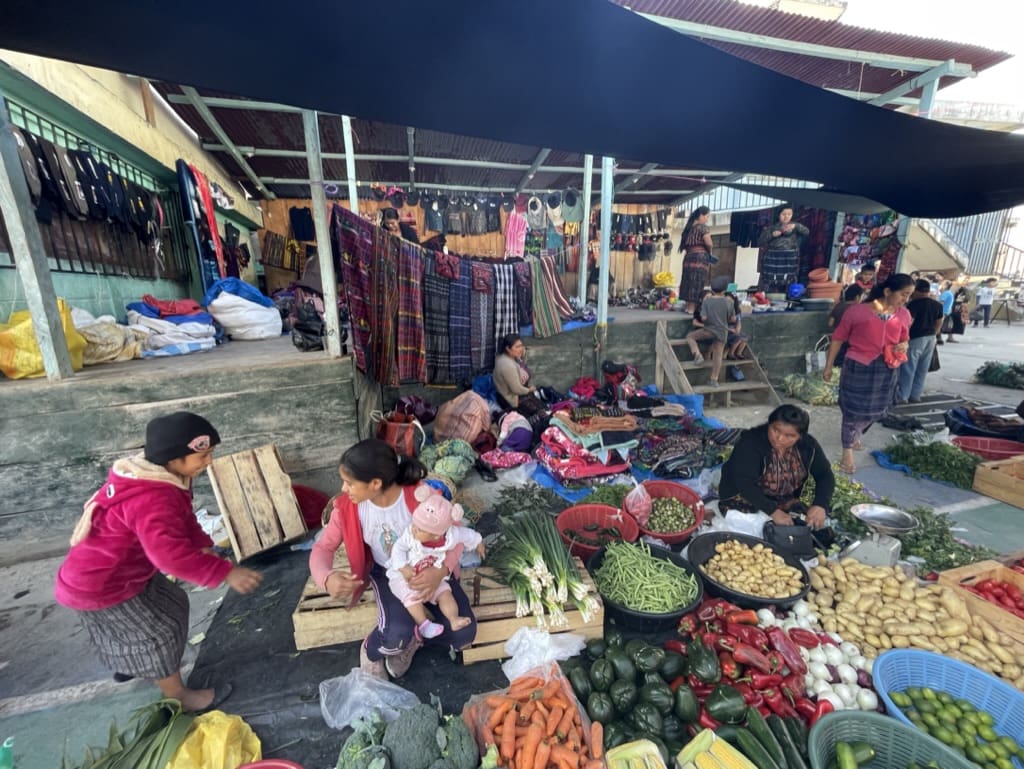
One of my favourite food spots was La Iguana Perdida in Santa Cruz. They do family-style dinners where everyone eats together (great for meeting people). It’s about 70Q (~$9 USD) per meal and includes BBQ night once a week.
Here’s a rough breakdown of average costs:
Stick to local meals and shop at the markets. Save the imported cheese and wine moments for special occasions (or if someone’s visiting from home and offers to bring snacks).
Coming up next: the part where your budget might wince a little—but trust me, it’s the best money you’ll spend. Let’s talk activities and tours.
Guatemala isn’t just about affordability—it’s about unforgettable experiences. And while activities are where you’ll spend the most, they’re also where you’ll get the most value.
During my time volunteering with Kayak Guatemala, I was lucky to try some of their most iconic tours. Here’s what I did—and what I honestly think is worth every penny.
Hands down, one of the most special cultural experiences I had. We cooked pepian de pollo, a dish traditionally made for births and celebrations, inside Alicia’s home. Alicia is a graduate of the NGO Amigos de Santa Cruz training program, and she guided us through the whole thing—in English!
The smells, the local kitchen, the fact we were chopping veg side-by-side with someone who’s lived in Santa Cruz her whole life… It felt personal and real, not like something staged for tourists.
👉 View Guatemala Cooking Class Tour

Kayaking on Lake Atitlán at sunrise is something I’ll never forget. You’re gliding across this massive crater lake surrounded by volcanoes—it’s peaceful, surreal, and the light in the early hours is insane. Add a jungle zipline and it’s an adventure double-whammy.
Tip: This one’s great for couples or families—Kayak Guatemala can tailor it to your group.
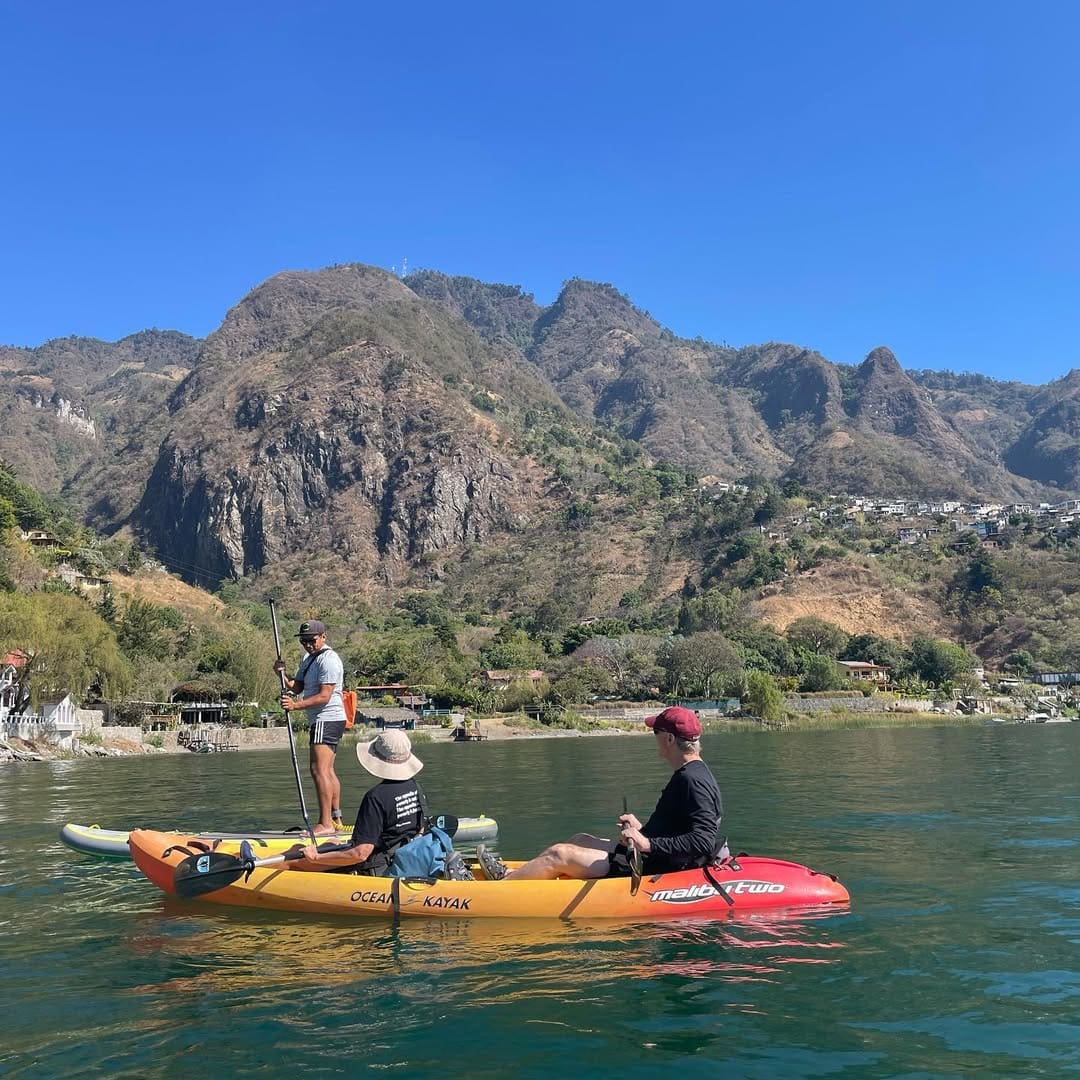
I wasn’t sure what to expect… and ended up completely moved. The shaman used candles, sugar, eggs, and cigarettes in an ancient ritual to bless our health and lives. As the smoke filled the cave and he chanted prayers in K’iche’, I felt genuinely honoured to be part of it.
This is cultural immersion done right—raw, respectful, and very real.
👉 View Mayan Fire Ceremony Tour
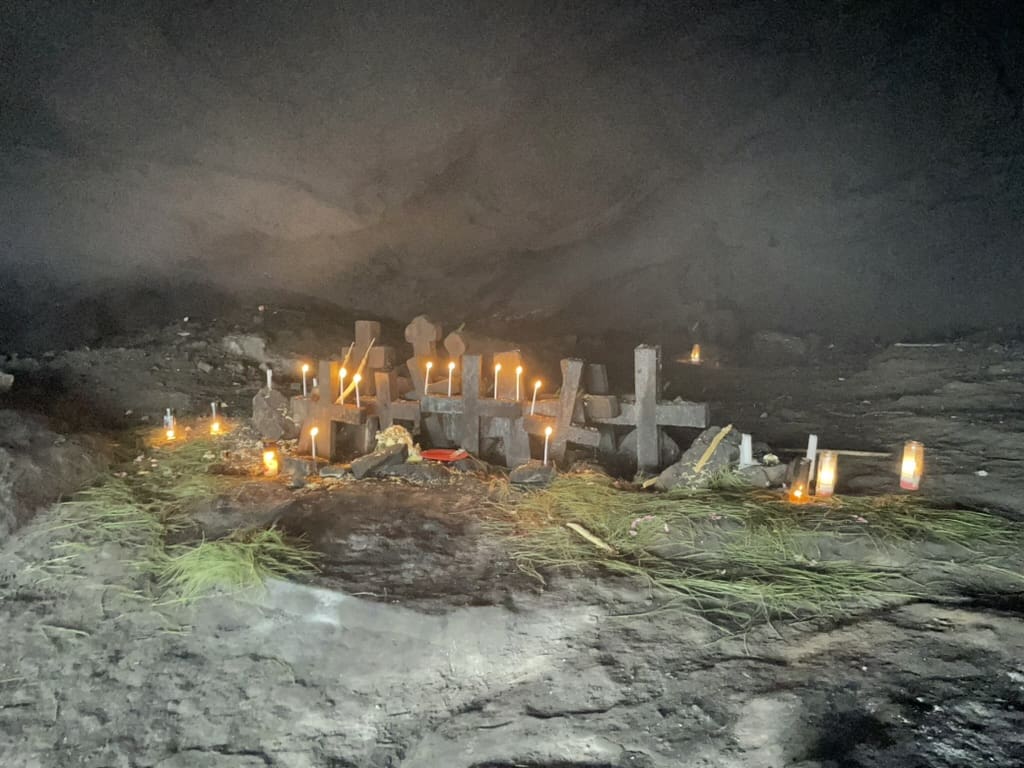
It snowed when I did this. Yep, snow. In Guatemala. Once a year it happens—and I got it.
We didn’t get to do the sunrise hike or reach Fuego’s edge due to icy trails, but I still sat on a mountain at 3,600m eating instant noodles while watching lava burst out of a volcano… surreal doesn’t even cover it.
This isn’t a walk in the park—it’s a proper overnight trek, and going with a reputable company like Kayak Guatemala makes all the difference.
👉 View Acatenango Volcano Hike Tour
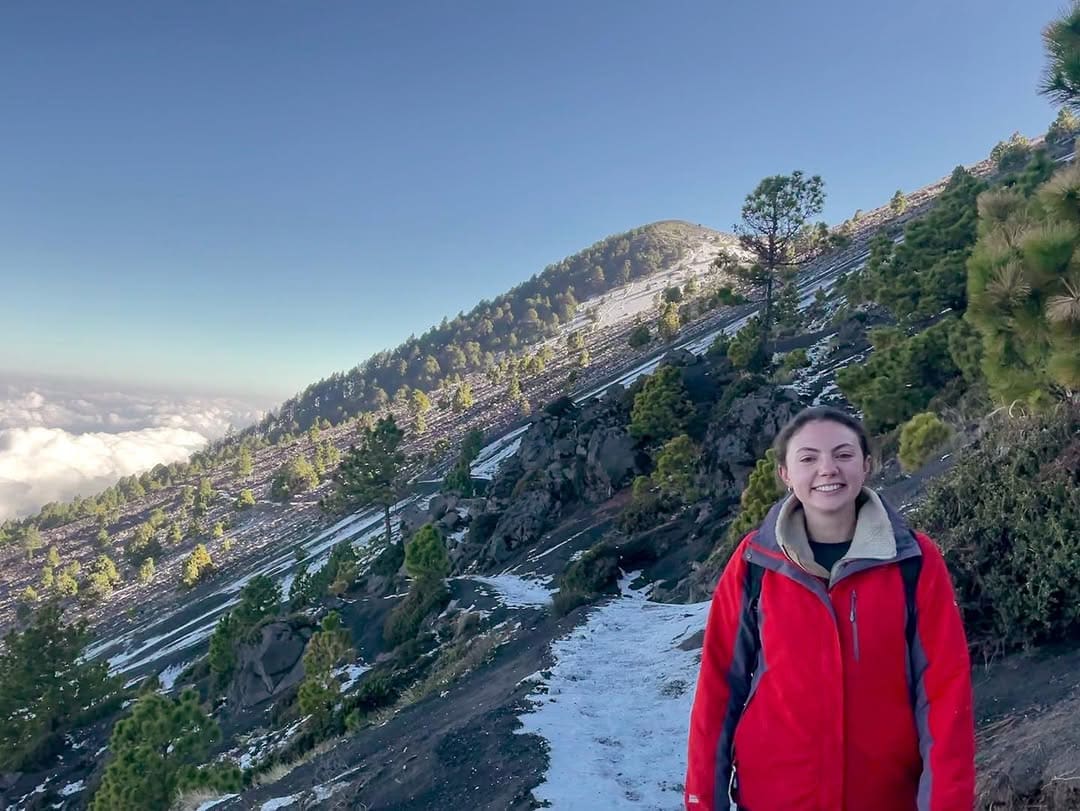
I did these one-on-one lessons with Leticia, who came to my accommodation at Los Elementos. She was amazing. Friendly, clear, and patient—plus the price? Probably the cheapest you’ll find anywhere in the country.
Lee from Kayak Guatemala helped connect me with her, which made the whole process super easy.
Of course, these are just a handful of the activities I personally did—but there’s so much more to explore in Guatemala, depending on your interests and energy levels.
There’s genuinely something for everyone—whether you're into nature, culture, adventure, or just wandering through colourful markets.
Next, let’s talk travel insurance—unsexy but essential. Especially when your laptop and phone both decide to die on the same continent…
Look, insurance is the part of travel budgeting no one wants to think about—until something goes wrong. For me, it did. My phone broke. Then my laptop died. (Not even dramatic… just tragic.) Thankfully, I had decent coverage.
I used TravelInsurance4Medical—a UK provider that covered me worldwide (including the U.S. and Central America). For 8 months of travel, including gadget coverage, I paid:
And yes, I made a claim. And yes, they paid out. So I’d recommend them if you’re UK-based.
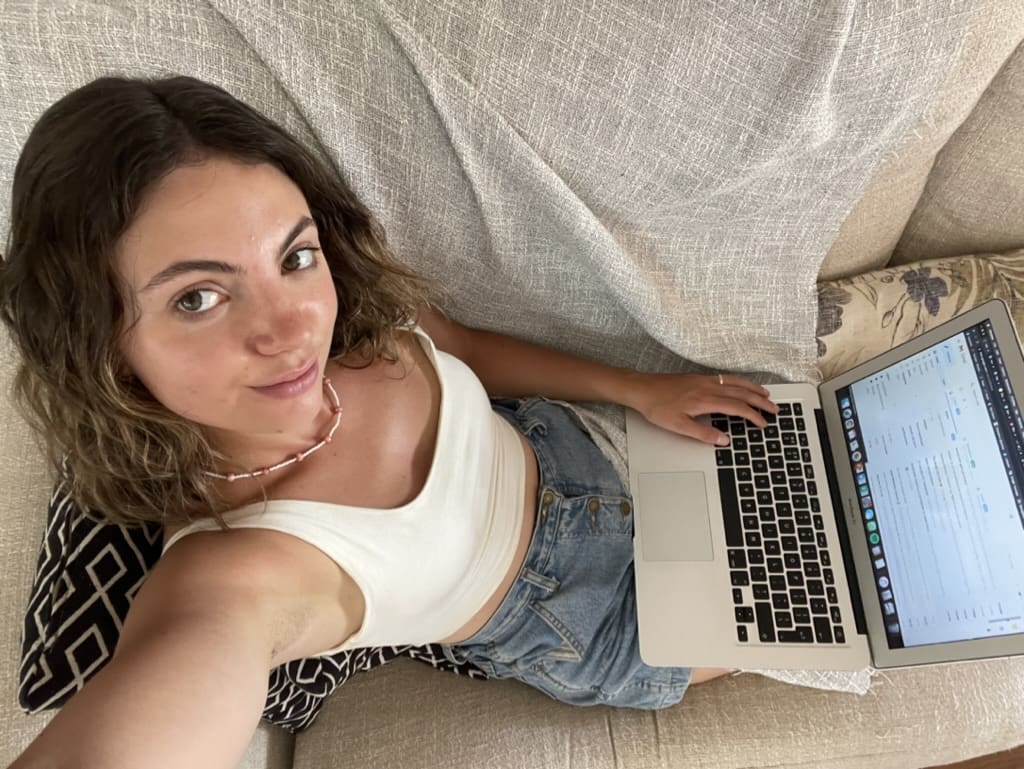
If you’re going short-term or from the U.S., here’s what to expect:
Next up: staying connected. Here’s how I handled internet and SIM cards while living between lakes and volcanoes.
When you’re living out of a backpack and working online, staying connected is non-negotiable. For me, I kept things simple—I used my UK sim (O2) with an international data plan that covered most countries, including Guatemala.
This saved me the faff of buying local SIMs in every new country. But if you’re not set up with something like that, no worries—Guatemala’s got decent options.
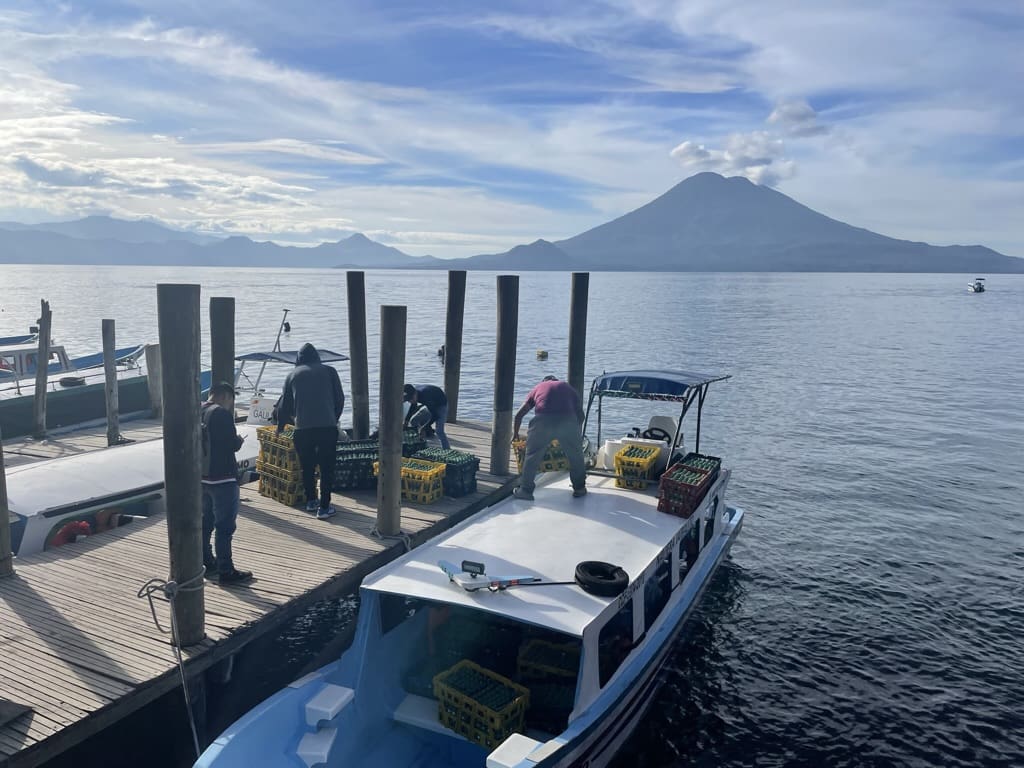
As soon as you land at La Aurora International (GUA), you’ll see kiosks selling local SIMs. Super convenient if you want data straight away.
Wi-Fi in hotels and hostels is usually decent in tourist hubs—but if you’re staying somewhere remote or working online, a local SIM can be a game-changer.
Guatemala is bursting with colourful markets, handmade textiles, and little treasures that make perfect souvenirs. If you’re the kind of traveller who likes to bring a piece of the place back with you (or just wants to support local artisans), here’s what to budget.
Markets in Antigua and around Lake Atitlán are full of beautiful things you’ll want to cram into your backpack—so leave some space!
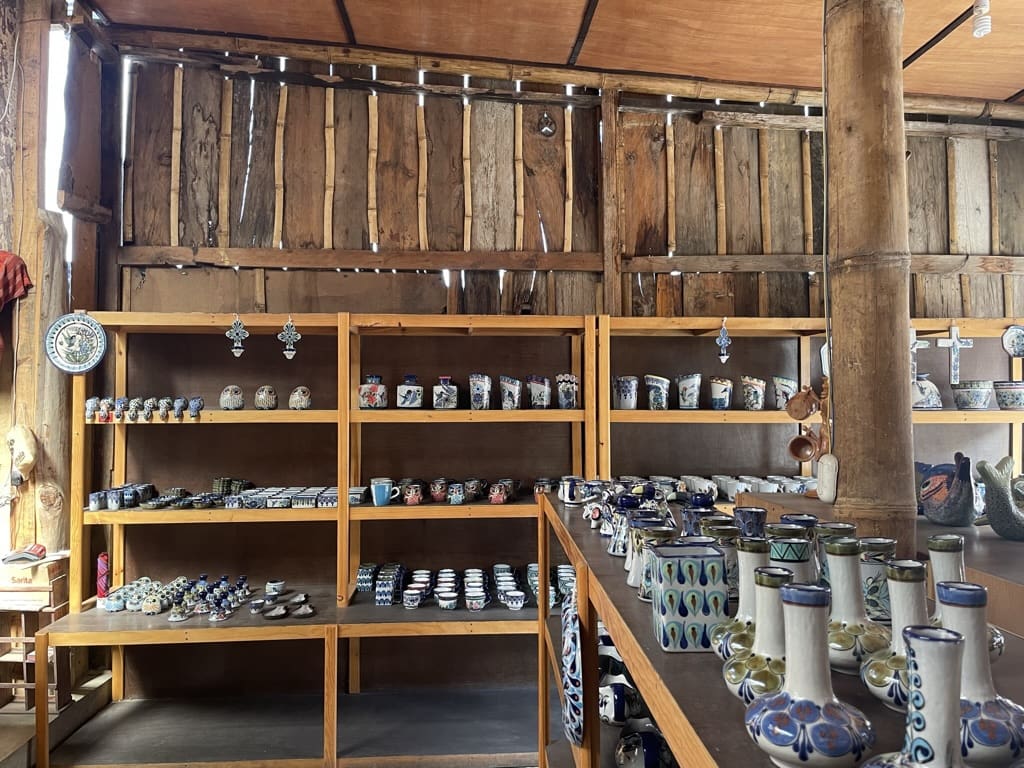
So, is Guatemala cheap? Compared to most destinations—absolutely. Especially when you consider the depth of culture, natural beauty, and variety of experiences you can have here.
That said, it’s not the cheapest country in Central or South America. I spent more here than I did in places like Colombia or Peru—but also got a lot more out of it in terms of activities, scenery, and overall vibe.
If you volunteer, cook for yourself, and choose tours wisely, you can stretch your money a long way. And when you do spend, it really feels worth it.
If you’re heading to Lake Atitlán, I highly recommend booking with Kayak Guatemala. Every experience I had with them—from the volcano hike to the Mayan fire ceremony—was respectful, thoughtful, and just really well done.
They also offer custom travel packages if you email them directly: bookings@kayakguatemala.com
👉 Check out all their tours here.
Thanks for reading! I hope this budget breakdown helped you plan your adventure—and maybe even inspired you to add Guatemala to your list.
